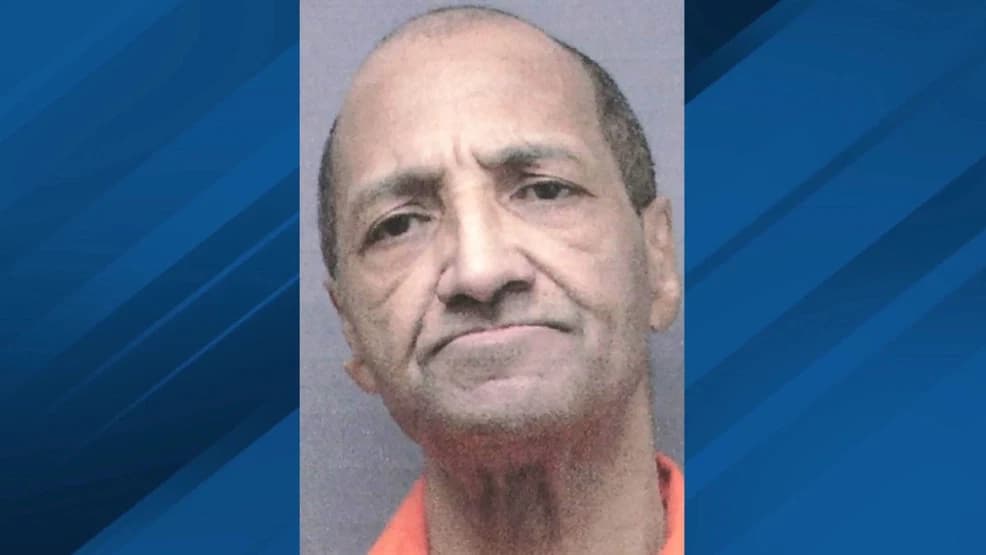We're loading the full news article for you. This includes the article content, images, author information, and related articles.
The death of George Banks, who murdered 13 people in 1982, closes a dark chapter in American crime. For Kenya, his case highlights the starkly different realities of gun violence and mental health jurisprudence between the two nations.

George Emil Banks, responsible for one of the deadliest mass shootings in Pennsylvania's history, has died at the age of 83. The Pennsylvania Department of Corrections confirmed his death occurred on Sunday, November 2, 2025, at the State Correctional Institution – Phoenix. The Montgomery County Coroner, Dr. Janine Darby, stated the cause of death was complications from kidney cancer. Banks had been incarcerated for over four decades following his 1982 rampage that claimed the lives of 13 people, including five of his own children.
On the morning of September 25, 1982, in Wilkes-Barre, Pennsylvania, Banks, a 40-year-old former prison guard, used a Colt AR-15 semi-automatic rifle to carry out a series of brutal killings across two locations. His victims included seven children and six adults. The rampage began at his home where he killed three of his girlfriends and five children. Dressed in military fatigues, he then shot two men on the street, killing one, Raymond F. Hall Jr. He proceeded to a trailer park, murdering a former girlfriend, Sharon Mazzillo, their son, her mother, and her nephew. The victims of the massacre were Regina Clemens, 29; Montanzima Banks, 6; Susan Yuhas, 23; Boende Banks, 4; Mauritania Banks, 20 months; Dorothy Lyons, 29; Nancy Lyons, 11; Foraroude Banks, 1; Raymond F. Hall Jr., 24; Sharon Mazzillo, 24; Kissmayu Banks, 5; Alice Mazzillo, 47; and Scott Mazzillo, 7.
During his trial in June 1983, Banks's defense argued for insanity, claiming he was driven by delusions about a looming race war and wanted to spare his children from racism. Psychiatrists for both the defense and prosecution acknowledged Banks suffered from mental illness, but they disagreed on his ability to distinguish right from wrong at the time of the killings. Banks himself often acted against his lawyer's advice, insisting he was not insane and alleging a conspiracy against him by officials. The jury ultimately found him guilty of 12 counts of first-degree murder and sentenced him to death.
However, Banks was never executed. His sentence was repeatedly appealed, and his mental state continued to be a central issue. In the years following his conviction, his mental health reportedly deteriorated significantly. After multiple competency hearings where he was described by psychiatrists as "psychotic, delusional, and irrational," a Luzerne County judge declared him mentally incompetent for execution in May 2010, a ruling that effectively commuted his death sentence to life in prison.
The death of George Banks serves as a grim reminder of the phenomenon of mass shootings, an issue where the United States is a significant global outlier. Research consistently shows that the U.S. has a disproportionately high number of mass shootings compared to other developed nations. One study published in the International Journal of Comparative and Applied Criminal Justice found that between 1998 and 2019, 73% of all mass shootings in developed countries occurred in the United States. The U.S. has the highest rate of civilian firearm ownership in the world, a factor frequently cited by researchers as contributing to its high rate of gun violence.
This stands in stark contrast to Kenya, where civilian gun ownership is treated as a privilege, not a right, and is governed by the highly restrictive Firearms Act. While Kenya grapples with its own security issues, including armed banditry and police brutality, incidents of indiscriminate mass shootings in public spaces are exceedingly rare. According to the 2025 Global Peace Index, Kenya ranks as more peaceful than the United States, largely attributed to lower rates of violent crime and fewer civilian-held guns.
The legal battles over Banks's sanity also bring into focus the complex intersection of mental health and the criminal justice system. In the U.S., the insanity defense is a long-established, though controversial, legal strategy. Banks's case, where he was deemed too mentally ill to be executed, reflects a legal standard that prohibits the execution of individuals who cannot rationally comprehend their punishment.
In Kenya, the legal framework for addressing mental health within the criminal justice system has been evolving. Historically, individuals with mental health conditions were often stigmatized and criminalized, but recent legislation, such as the Mental Health (Amendment) Act of 2022, has begun to introduce a rights-based approach. However, challenges remain, including a lack of awareness among law enforcement and limited access to mental healthcare within correctional facilities. The case of George Banks, while distant, offers a powerful case study on the profound legal and ethical questions that arise when severe mental illness and extreme violence collide, a conversation of increasing relevance within Kenya's own efforts to reform its justice and healthcare systems.
Keep the conversation in one place—threads here stay linked to the story and in the forums.
Other hot threads
E-sports and Gaming Community in Kenya
Active 7 months ago
Popular Recreational Activities Across Counties
Active 7 months ago
The Role of Technology in Modern Agriculture (AgriTech)
Active 7 months ago
Investing in Youth Sports Development Programs
Active 7 months ago